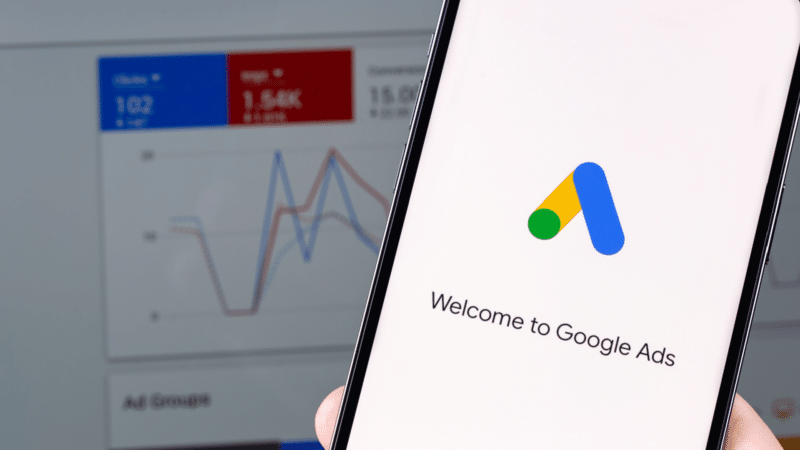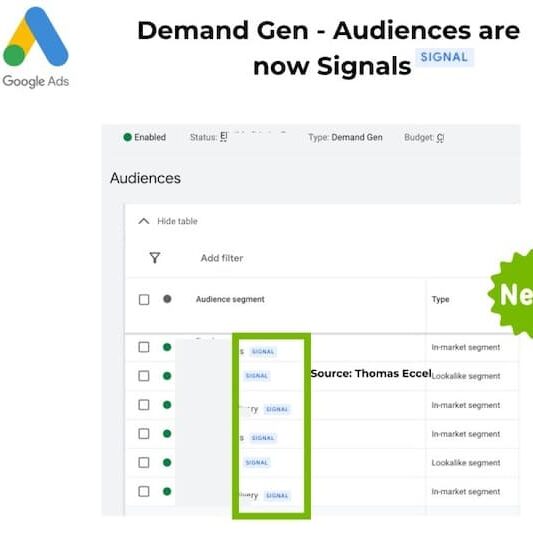
Google categorized Demand Gen campaign audiences as “signals” rather than strict targeting parameters, a change spotted by industry analysts but not formally announced by the company.
What it means:
- Audiences and age targeting now serve as “signals” rather than hard targeting rules.
- Google’s algorithm can use these signals to optimize ad delivery, but does not limit impressions to the defined audiences.
- This allows for broader reach but less advertiser control over who sees the ads.
Why we care. This silent update to Google’s Demand Gen campaign model reduces your ability to directly target specific audiences, instead relying more on AI-powered “signals” to drive ad delivery.
The implications.
- Potentially broader reach but less predictable performance and conversion rates.
- Need for closer monitoring of audience “signals” and adjustments to bidding strategies.
- Opportunity to discover high-performing audience segments the algorithm identifies.
What they’re saying. “With signals, Google can show Demand Gen ads to users who are not in our defined audience lists,” notes Thomas Eccel, who runs a Demand Gen training program, on LinkedIn:

Google has not commented on this update leaving advertisers unsure whether it’s a full roll-out or a test.
What to watch. Whether Google formally acknowledges this change and provides guidance to advertisers on how to adapt their Demand Gen campaigns.
Bottom line. Google is continuing its march toward more AI-driven, algorithmic advertising, reducing granular audience targeting in favor of broader “signals” – a shift that will require advertisers to rethink their Demand Gen strategies.
source https://searchengineland.com/google-demand-gen-audience-categorization-signals-448124

0 Comments